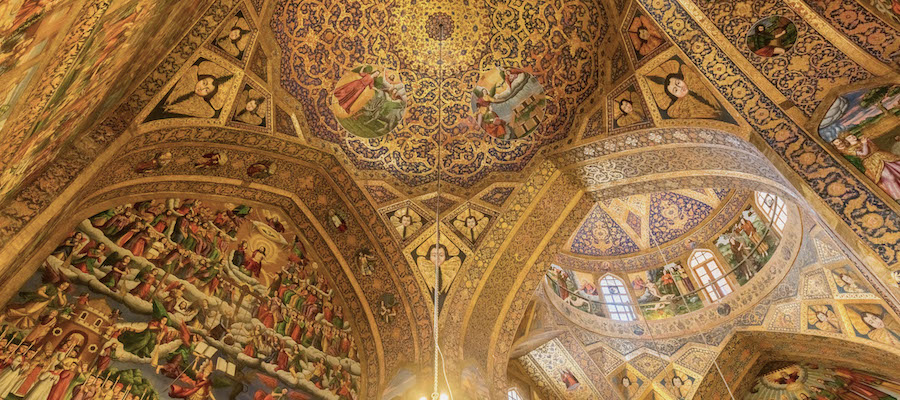By the 1650s, Armenian artists drew upon a wide range of signs and symbols, which could be viewed in New Julfa’s public spaces, churches, and homes. Drawings, paintings and sketches on sheets of paper, as well as images on various other media including canvas, lacquer and copper, were sold and discussed in marketplaces, coffeehouses and sacred spaces. Visually attuned, what did New Julfa’s inhabitants say about pictures? Taking a fresh look at Persian, Armenian, and European textual and visual sources, this workshop begins to explore how Armenian artists, theologians, merchants, among others, thought about images and image- making in early modern Iran. Notions about the function and power of images were inflected not only by patristic and medieval Armenian precedents but also by broader conversations about the efficacy of images taking place worldwide.
Seating is limited. Registration is required. A short group of pre-assigned readings will be circulated at least one week prior to the workshop. Participants are expected to complete the readings before the workshop. Registration opens March 15.
This workshop is part of the Studying East of Byzantium V workshop series. EAST OF BYZANTIUM is a partnership between the Arthur H. Dadian and Ara Oztemel Chair of Armenian Art at Tufts University and the Mary Jaharis Center that explores the cultures of the eastern frontier of the Byzantine empire in the late antique and medieval periods.
